Hi all,
It is the first time that I'm working with epoxy granite. Epoxy in my country is something very recent, about 5 years ago it was impossible to find an epoxy with affordable price for a hobby.
This magnificent project is inspiring me to build my own VMC:
https://www.cnczone.com/forums/verti...rum-posts.html
I've read a lot of topics and also other sites/articles about epoxy granite, trying to absorb the maximum knowledge for my project, after that I decided to buy 1.5kg of epoxy and aggregates to do some tests.
As recommended in this topic:
https://www.cnczone.com/forums/epoxy...tml#post315119
I'm using an epoxy with the following characteristics:
- Low viscosity
- Slow cure
- Minimal amount of additives
For the mold I used plywood, in my country plywood is cheaper than MDF.
For aggregates I used:
- Fine sand (dry), I believe that in English I can also call it play sand
- Gravel washed, bought a bag from a store for aquariums
The release agent I used is the one recommended by the epoxy manufacturer, it is a wax, which must be applied to the wood with a brush.
----------------------------
Aggregates:
I mixed 50-50% of the two washed gravel
--------------------------
The process was done the same for the 3 tests.
I separated sand and gravel, mixed it in a bucket, mixed epoxy A and B in another bucket, and then put the epoxy in the bucket where it was sand and gravel.
These photos are from test 1 (12% epoxy):
Mold after (left) and before (right) wax applied:
------------------------------
I made the mold in fusion360 and the volume was 0.001822m³ , following these recommendations (found here on the forum):
"Measure volume of mold convert to mass using 2200kg/m3 epoxy granite"
I found the approximate mass of my test: 4kg
The tests were divided as follows:
Test 1
Epoxy 12%
Sand 30%
Gravel 58%
Test 2
Epoxy 10%
Sand 30%
Gravel 60%
Test 3
Epoxy 8%
Sand 30%
Gravel 62%
And the results were:
Picture taken right after filling the mold (epoxy granite still wet)
the release wax worked very well and it was very simple to disassemble the wooden mold:
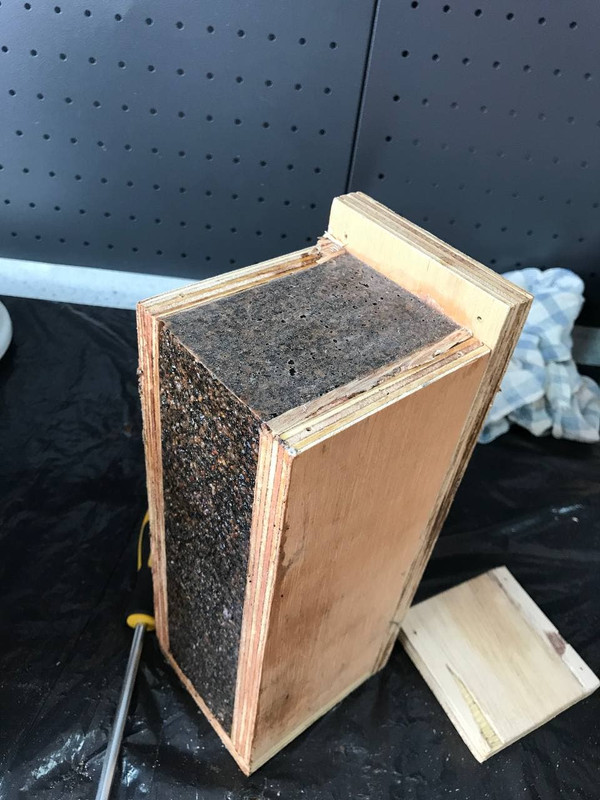
Thread: Analyzing tests
Results 1 to 19 of 19
-
02-09-2021, 02:21 AM #1
 Registered
Registered
- Join Date
- Jul 2017
- Posts
- 26
Analyzing tests
-
02-09-2021, 02:25 AM #2
 Registered
Registered
- Join Date
- Jul 2017
- Posts
- 26
Re: Analyzing tests
And now the result of each test, already dry (more than 24 hours later):
TEST 1 - 12% epoxy
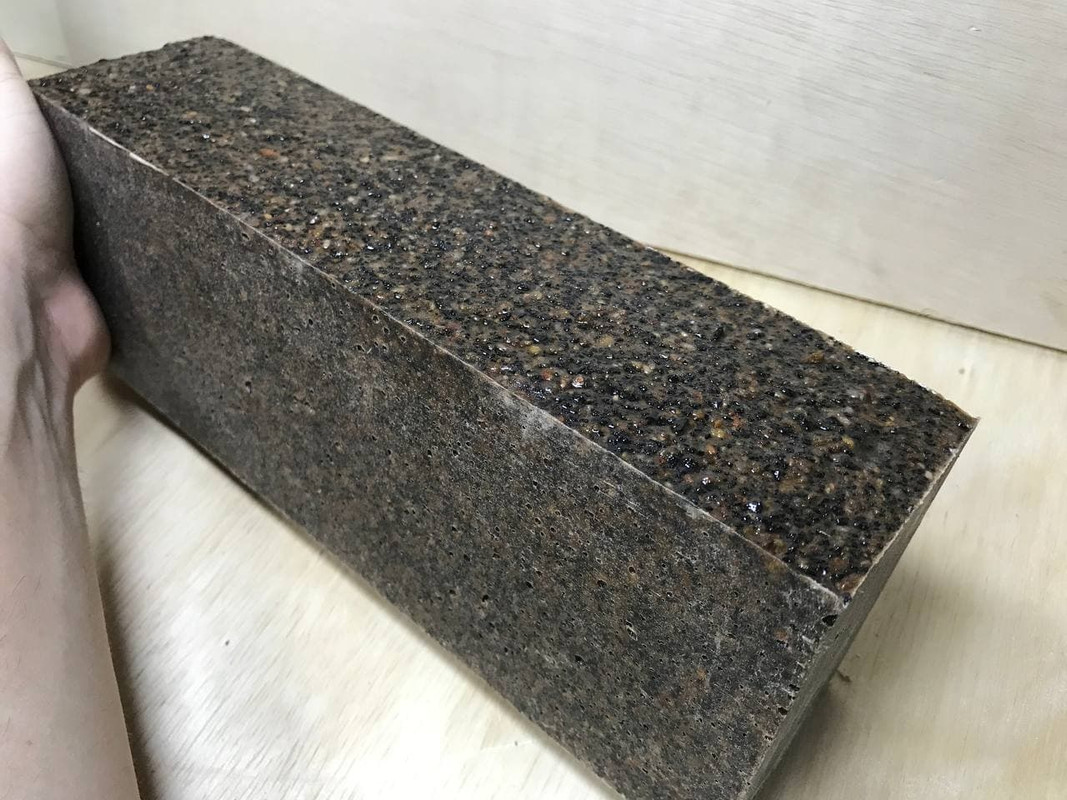
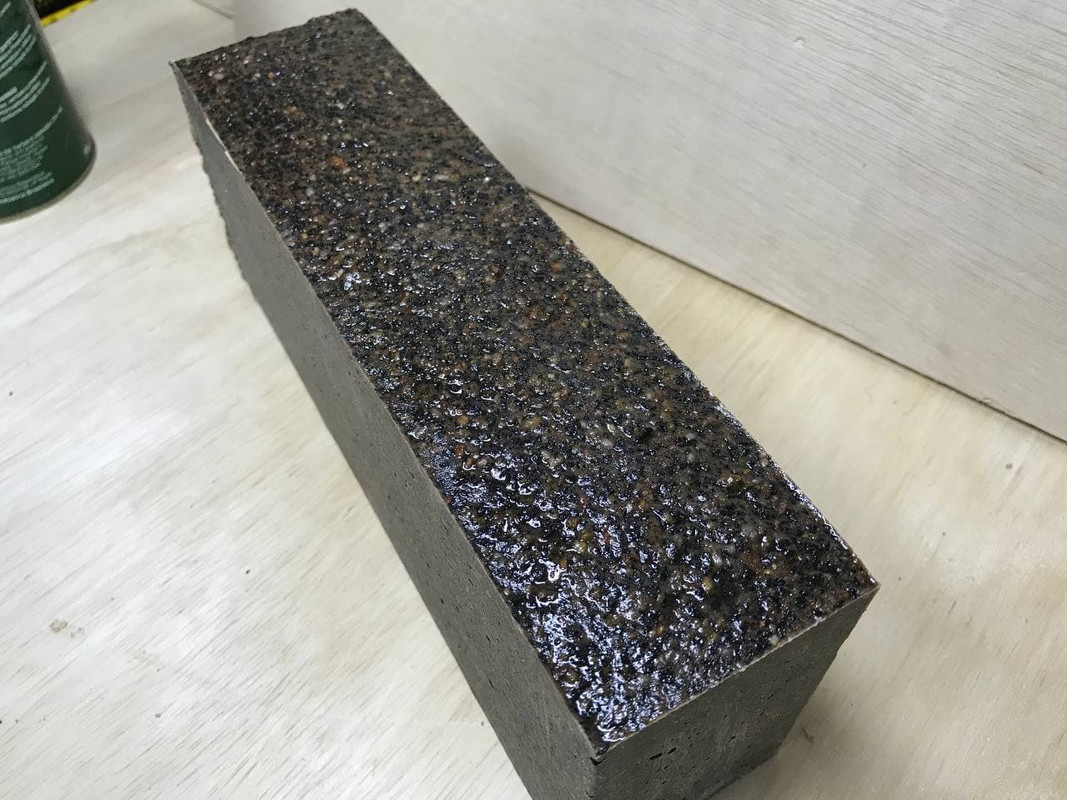
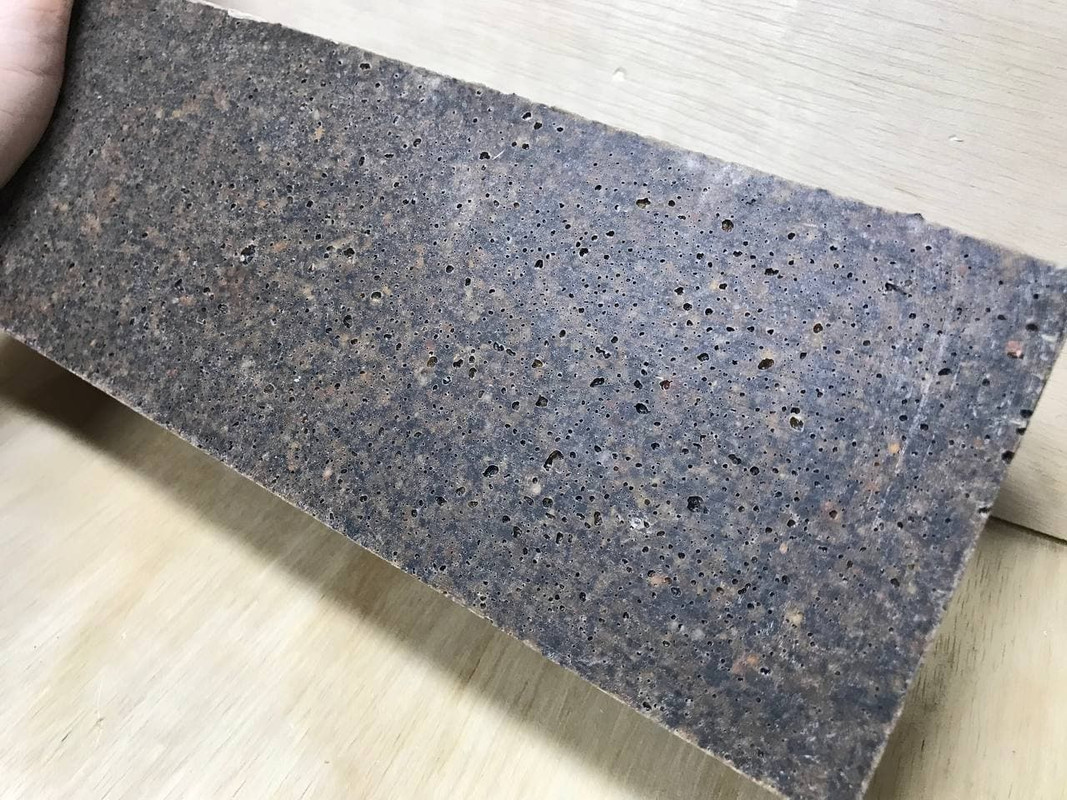
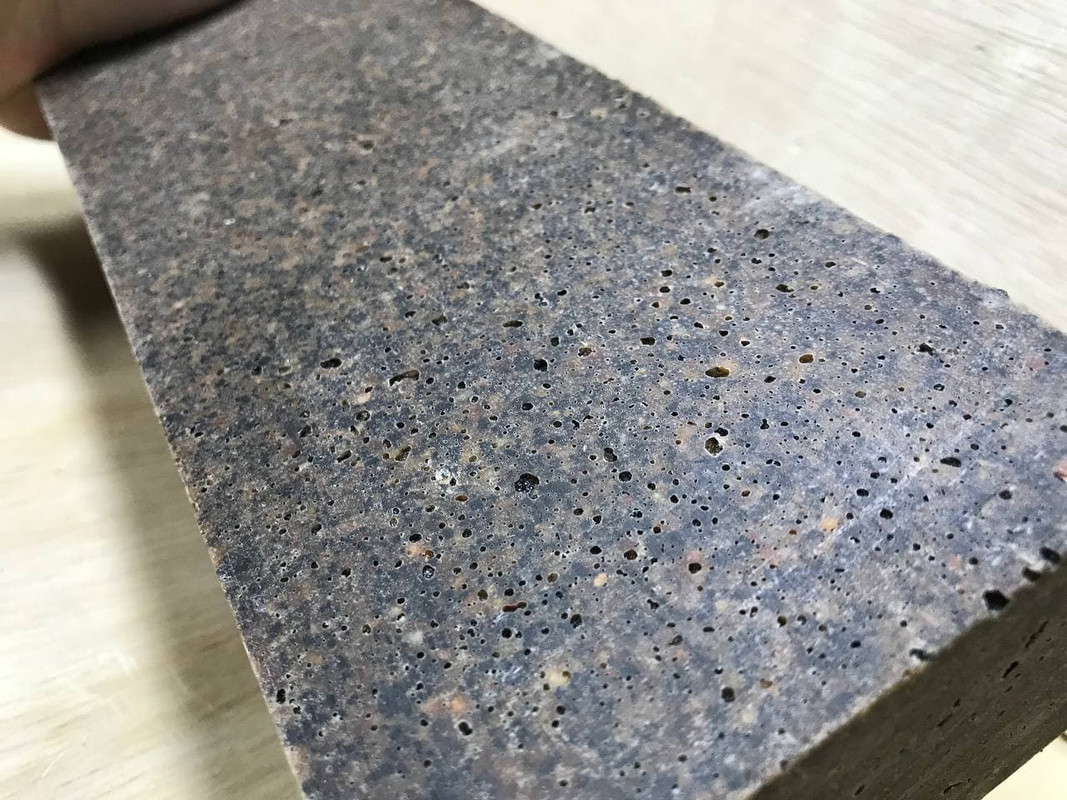
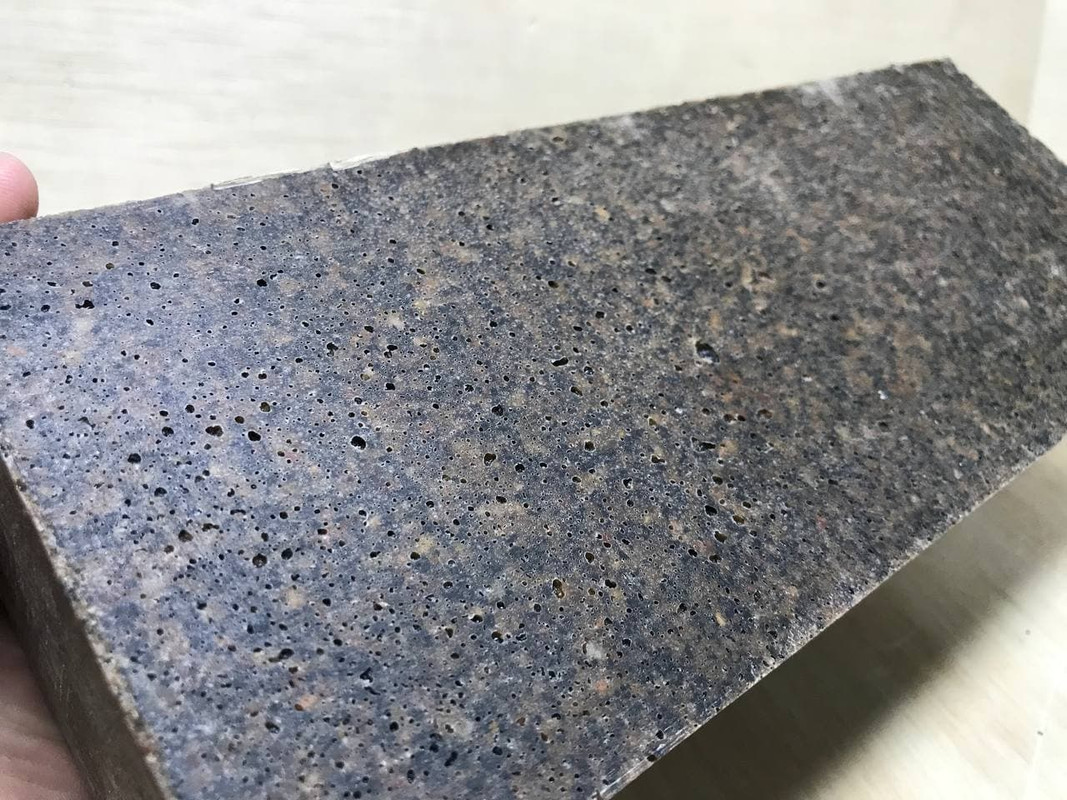
TEST 2 - 10% epoxy

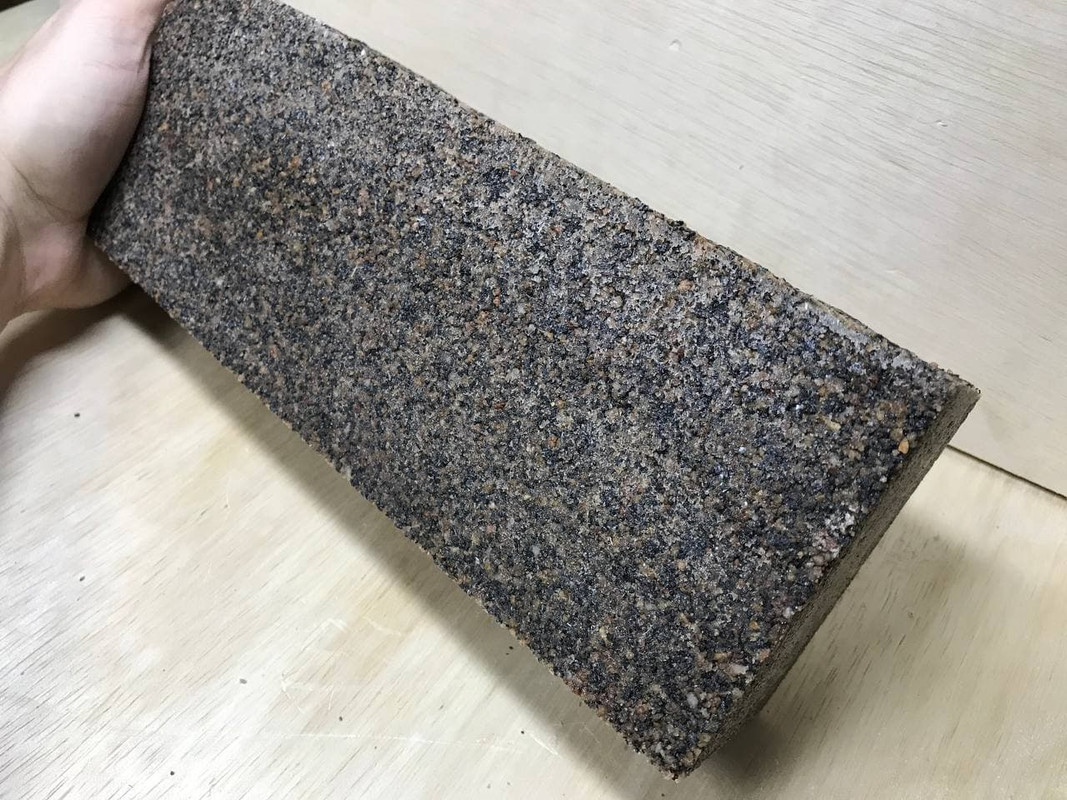
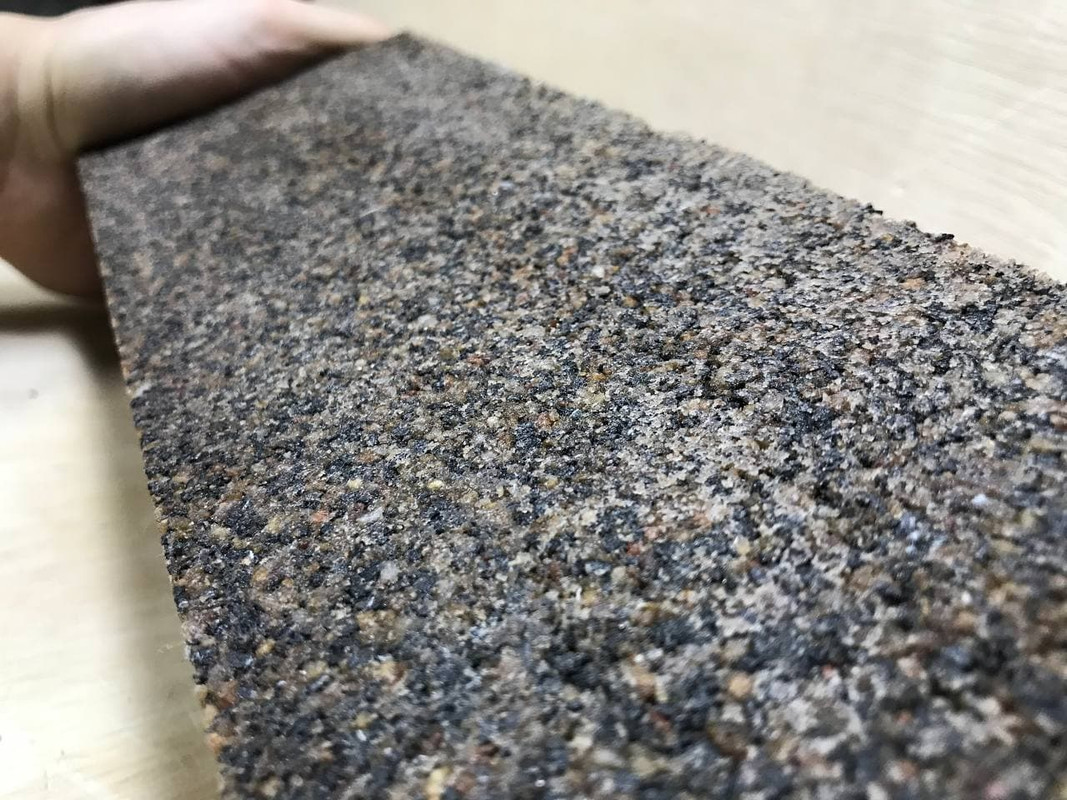

TEST 3 - 8% epoxy
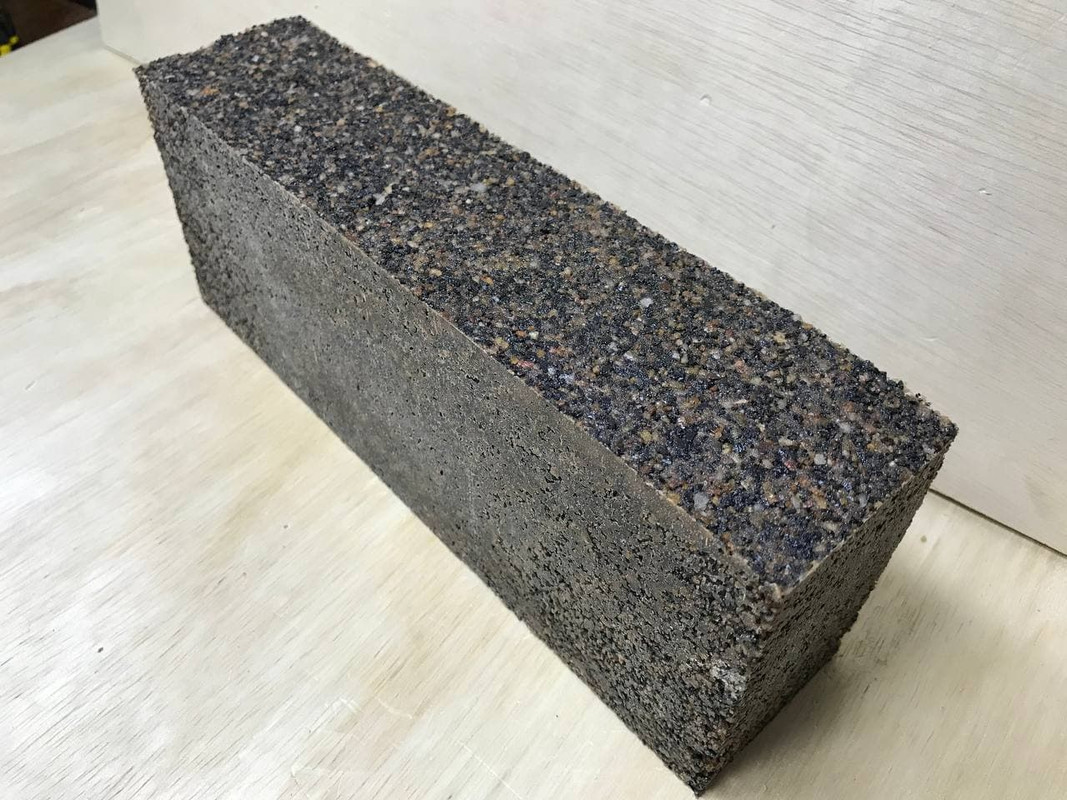
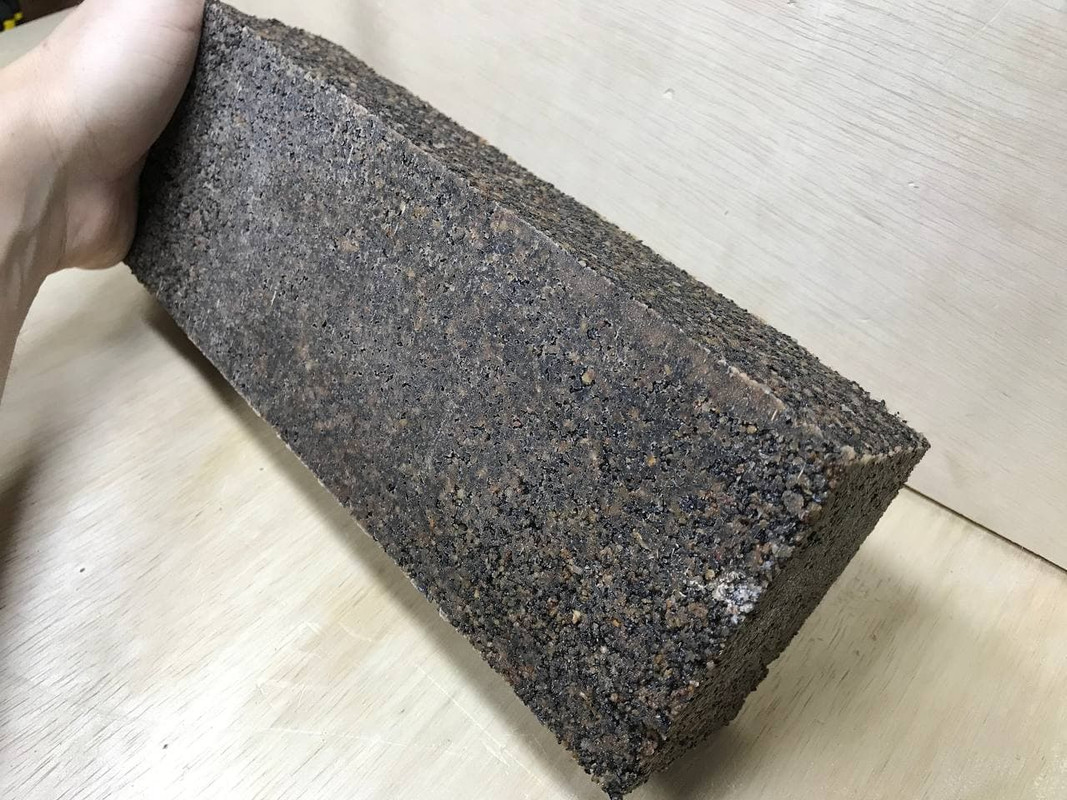



-------------------------------
from left to right, test 1 (12%), 2 (10%) and 3 (8%)
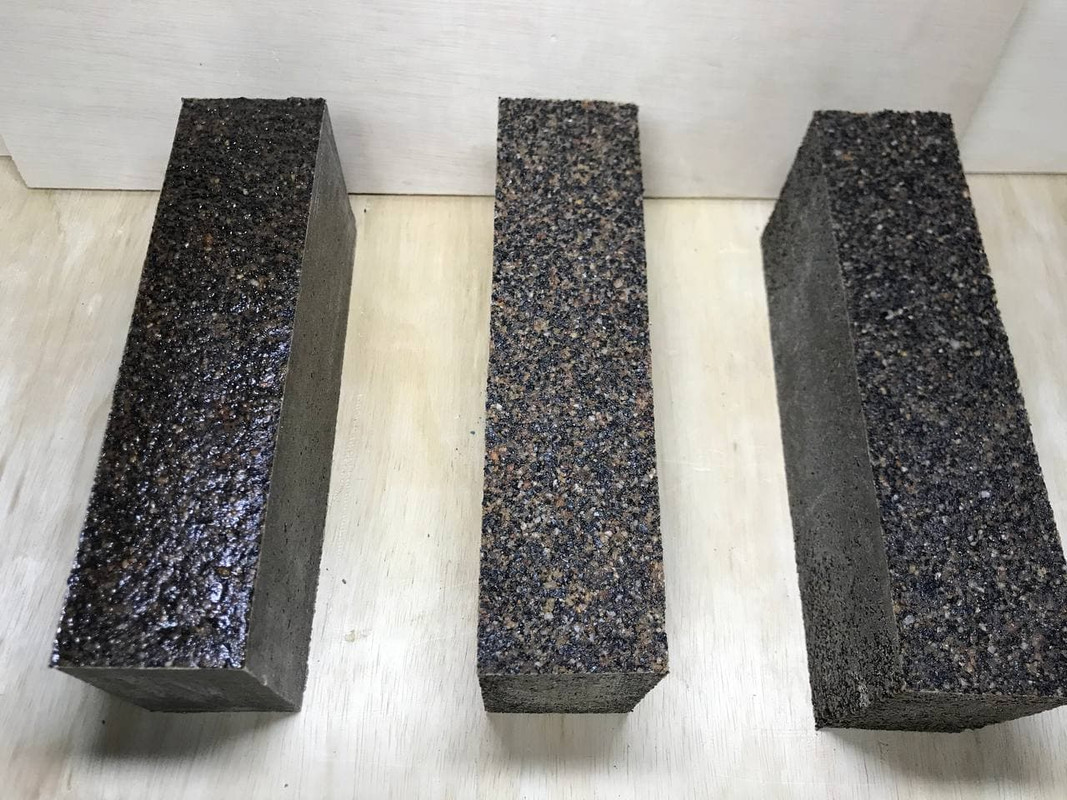
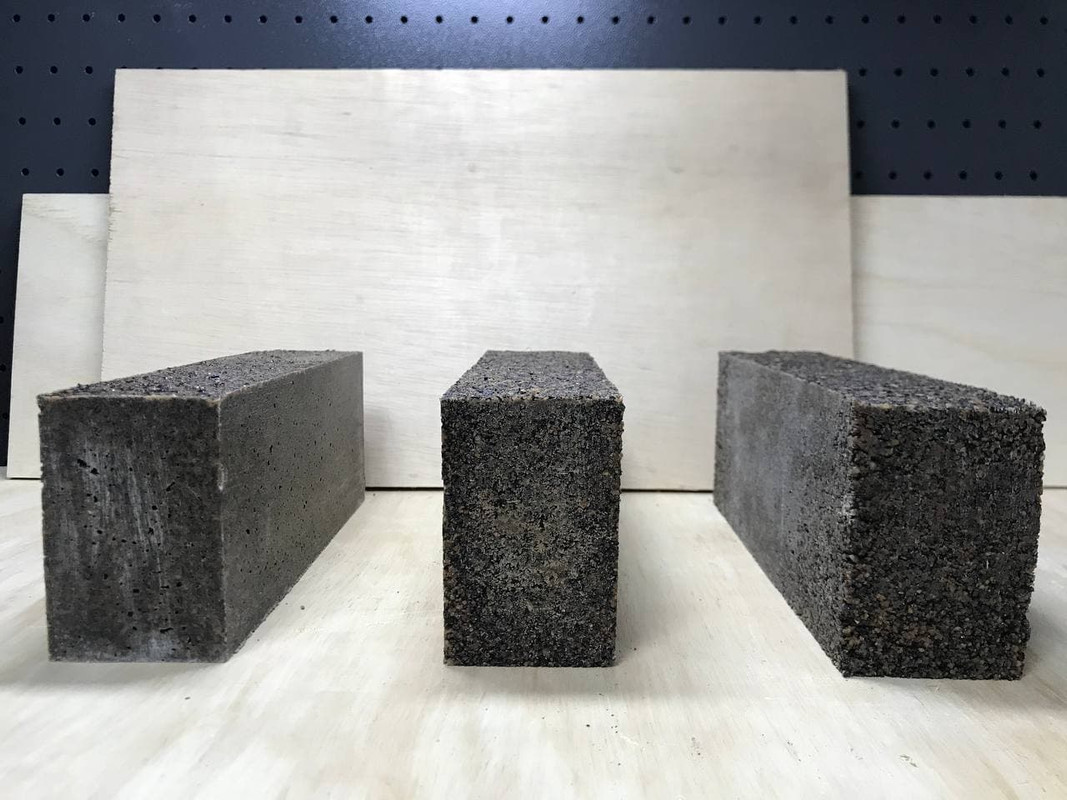

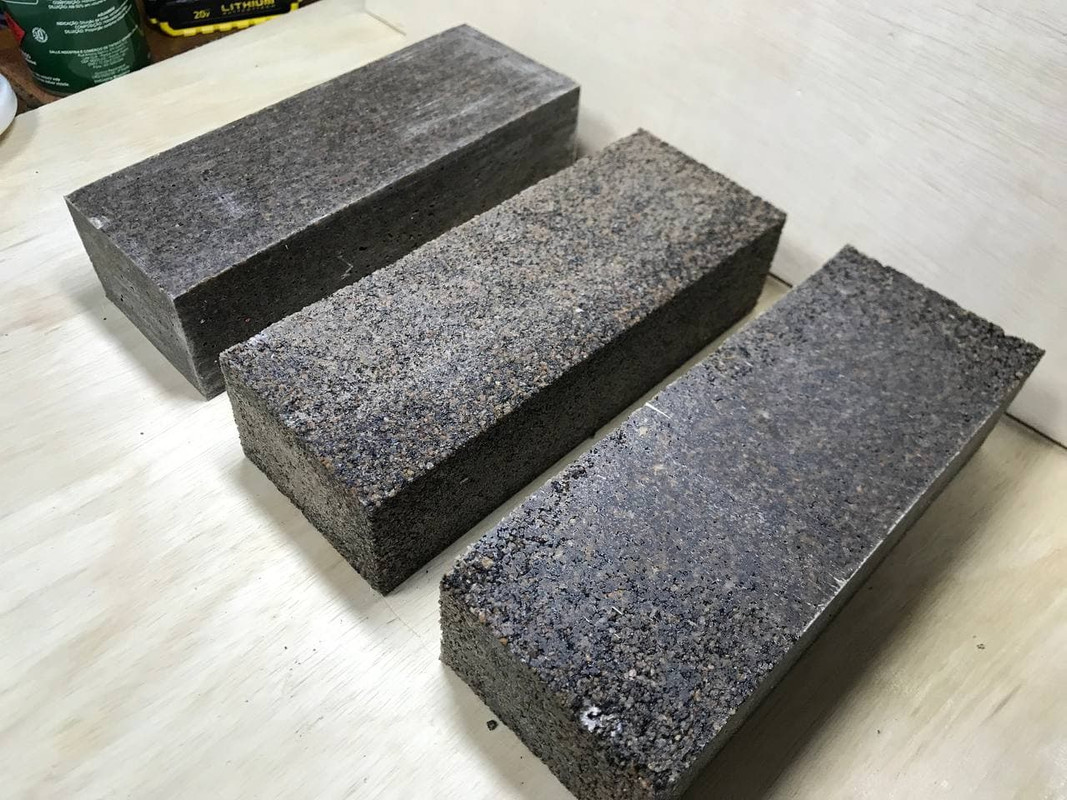
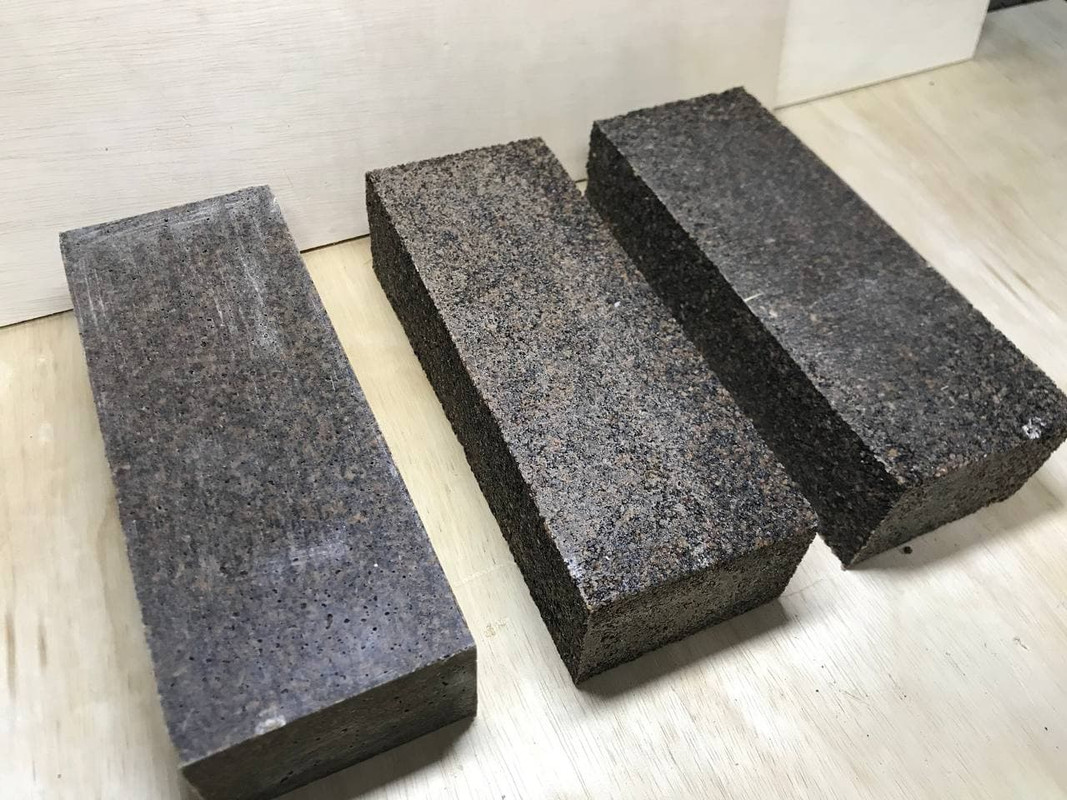

---------
I would like to hear your opinion, some must have done this several times and already have several experiences.
It seems to me that Test 1 with 12% epoxy did better, the spaces on the surface may be the fault that I didn't vibrate the mold enough, makes sense?!
I used a jigsaw without the blade, touched the base of the jigsaw in the mold and vibrated for about 5-10 minutes
I put the epoxy granite by hand and kneaded it using my hands, maybe that could have been the problem, should I have used something to put more pressure on the epoxy granite and fill the spaces?
For VMC, as the mold will be large, I intend to use a concrete vibrator.
-
02-09-2021, 02:27 AM #3
 Registered
Registered
- Join Date
- Jul 2017
- Posts
- 26
Re: Analyzing tests
If it weren't for the empty spaces (bubbles) on the surface of test 1, I believe it looks a lot like the result achieved by stef110 on the other topic:

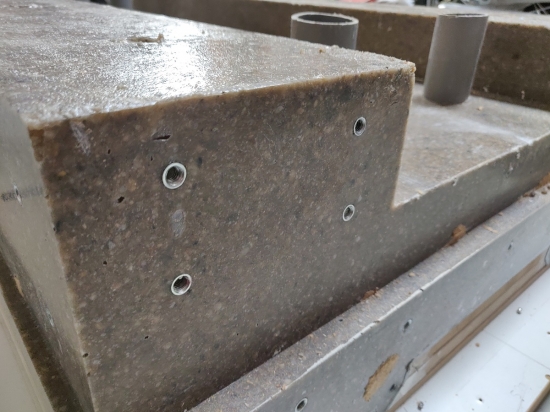
-
02-10-2021, 12:35 PM #4
 Registered
Registered
- Join Date
- Jul 2017
- Posts
- 26
Re: Analyzing tests
Nobody?
It seems that the forum was much more active a few years ago
-
02-11-2021, 04:16 AM #5
 Registered
Registered
- Join Date
- Jan 2008
- Posts
- 1528
Re: Analyzing tests
I don't think a bit of porosity matters generally.
With porosity your modulus (stiffness) may be slightly lower than the same size section (WITH with the same epoxy concentration) with no porosity.
Adding epoxy to fill the porosity will not improve your stiffness.
Your tests look good.
More epoxy makes the material easier to work / flow in a mold. You only need enough epoxy to stick the aggregate together and make it workable enough7xCNC.com - CNC info for the minilathe (7x10, 7x12, 7x14, 7x16)
-
02-11-2021, 04:18 AM #6
 Registered
Registered
- Join Date
- Jan 2008
- Posts
- 1528
Re: Analyzing tests
Why don't you test the stiffness of your test pieces?
If you are worried about surface holes only, you can either do a specific mold coat first, or surface coat after demolding.7xCNC.com - CNC info for the minilathe (7x10, 7x12, 7x14, 7x16)
-
02-11-2021, 07:34 AM #7
 Member
Member
- Join Date
- Jul 2018
- Posts
- 6321
Re: Analyzing tests
Hi Vitali - To find the correct epoxy ratio for your mix you put the stone mix into a glass jar that you know the volume of or you do it on a scale so you know the weight of the mix. Then you add water until the volume is neatly topped up. The weight of the water is the weight of epoxy you need to add if the epoxy is close to 1000kg/m3 density. If denser then adjust the weight eg if the epoxy is 1200kg/m3 then you add 1000/1200= 830 gm of epoxy. Having a bit of air in the mix is OK depend on what you are aiming at. To get better surface finish paint on a layer of epoxy to the mould prior to adding the EG mix... Usually people add a bit less then this test defines. This is either to save some money or they are going off someone elses mix ratios.
If you use a very thin epoxy vibration is not needed... it will saturate by itself... In fact if the epoxy is very thin you can dry stack the mould and pour the epoxy in and it will flow through the mix until it tops out the mould... Give that a try small scale... Regards Peter
-
02-11-2021, 08:05 AM #8
 Member
Member
- Join Date
- Jul 2018
- Posts
- 6321
Re: Analyzing tests
Hi Vitali - Here's a quick calculation showing what you got in the 12% mix by volume. Its unlikely you achieved more then 65% solid volume. The calc shows you got 74% solid by volume. This number neglects the air content so I'd expect you have a bit more air in there (9% by volume) then the water test ratio would recommend...
0.44*0.09*1.2=0.048kg of air.... or 0.44*0.09=40 litres of air if you made a 1000kg batch.... Peter
If you calculate your blocks density then this will give you an idea if these numbers are correct.... for instance in the numbers I used the density would be 2272kg/m3...
-
02-11-2021, 02:25 PM #9
 Registered
Registered
- Join Date
- Jul 2017
- Posts
- 26
Re: Analyzing tests
First, thank you for your participation here, it is very gratifying to be able to learn and discuss these things with more people!

about the stiffness tests, I bought some tools to help me with this, I'm waiting for delivery, as soon as I do the tests, I share the result with you.
my concern with the bubbles/spaces is not aesthetics (surface) but with the interior of the piece, if it happened on the surface, it must have happened internally, as you said it will affect the stiffness
Nice! I had read about this method of figuring out the mixing ratio using water but I was wondering if it was effective.
One question, when you say "stone mix" do you say gravel and sand? if it is only gravel, the test does not make sense, because I am using sand in the mixture too
If I understand your calculations correctly, to avoid this 9% air volume, do I need to increase the proportion of epoxy?
I confess that I was a little lost with your calculations, sorry
Epoxy resin is very expensive here, I did the tests using 12, 10, and 8% because they were the most used proportions I saw on the forum and on the internet, and I expected good results with less epoxy resin (however in the tests it did the opposite)
-
02-11-2021, 08:59 PM #10
 Member
Member
- Join Date
- Jul 2018
- Posts
- 6321
Re: Analyzing tests
Hi Vitali - Epoxy is expensive everywhere and using less is a usual requirement to reduce cost. Weight ratios are useful for making product but not useful for understanding the engineering of the product. So understanding volume ratios is important. Lets call it solids and void or aggregate and matrix. You are making a composite material of solids and using epoxy to bind it all together. Two aspects to consider 1) achieving high solids volume ratio a) to minimise epoxy usage/cost and b) to maximise material stiffness. Epoxy is not stiff its E=3.5GPa whereas your sand and gravel (aggregate) is about 70GPa stiffness.
Air equals porosity and mixing this sort of aggregate in epoxy its really difficult to not introduce air in the process. Especially if you use a cement mixer!! Plus if you use a laminating epoxy it is designed to be thick and not flow so it holds air really well. It won't "degas" by itself. Its something you have to live with. If you use an infusion epoxy or an epoxy for making river tables these degas well. I use a vacuum process to make this sort of thing so air is not in the mould when infused so very little porosity.
Epoxy is used as it has minimal shrinkage and a long gel time. Other resins can be used if you understand them and can get them. Urethanes and PMMA are possible. Not sure if they are cheaper though. Polyester and vinylester resins shrink too much to use as machine parts. Portland cement shrinks and cracks over time and is therefore unsuitable for machine parts as well.
Engineering - Sand and gravel have a low stiffness to start with and couple that with low volume ratios and low strain transfer ratios you potentially end up with a low modulus material. eg your sand is 70gpa your volume ratio is 65% and your round particles transfer strain at about 50% efficiency so your E=70*0.65*0.5= 23GPa. Aluminium is 70Gpa and steel is 200GPa. I suggest you look for CSA concrete grout. Not Portland cement but CSA grout. Its cheaper and stiffer then epoxy. Here's my cost breakdown on a project at the moment. Its the cheapest material, out of the bag you get 34GPa.... just add water. Look up ultra high performance concrete UHPC many machines are being made with it for 50 years... Below costs are in australian dollars..
https://durcrete.de/
I'll do a search for a commercial mix I found in another thread ... are you in eurpoe? cheers and Keep Making Peter
-
02-12-2021, 08:31 AM #11
 Registered
Registered
- Join Date
- Jan 2008
- Posts
- 1528
Re: Analyzing tests
Epoxy is a low stiffness material by itself.
Just adding more epoxy to fill the voids will not improve stiffness significantly.
You only need enough epoxy to coat the aggregate (aggregate means the sand, gravel, stones, etc that you put in a mix with the binder. The binder you are using is epoxy). Higher epoxy mixes are generally easier to work with because they will be more liquid / flow better.
You can have too little epoxy and end up not having it mixed through evenly. Mixing well is important.
Use the thinnest (low viscosity) and slowest setting epoxy you can get7xCNC.com - CNC info for the minilathe (7x10, 7x12, 7x14, 7x16)
-
02-14-2021, 05:27 PM #12
 Registered
Registered
- Join Date
- Jul 2017
- Posts
- 26
I’m from Brazil,
unfortunately concrete UHPC is something very recent here, extremely expensive and difficult to find, it is not something that I can consider using.
I was talking with a friend who is a civil engineer, he suggested using this CSA grout as you suggested.
I haven't found reports of people using this to make a VMC for example. do you know which aggregates should i use?
there are bags of CSA grout already mixed industrially, just mix water and they are ready to use. Should I mix steel fiber? my friend said it might be interesting to use grout + steel fibers
-
02-14-2021, 09:39 PM #13
 Member
Member
- Join Date
- Jul 2018
- Posts
- 6321
Re: Analyzing tests
Hi Vitali - CSA and UHPC are very similiar. They have been making VMC and other machines using concrete for at least 40 years. Your friend should be able to guide you to something like this attached. Adding steel fibres to concrete is done for two reasons 1) crack control (in portland cement only, CSA does not crack like portland does) and 2) to improve flexural strength. In machine parts case they could be used to improve stiffness. Usually they are added in small dosage as adding too much stops the concrete from flowing and so it can't be pumped. The companies that build machines from UHPC do not add fibres. Duracrete suggest that they can be added but don't tell you how. If I were to add fibres they would be the smallest ones you can get. The mix attached will get 35-40GPa stiffness and that's about the best you can get in terms of modulus without going to ceramic additives. I'm about to do some tests with steel fibre additives so will know more soon.. Peter
-
09-28-2022, 11:33 AM #14
 Registered
Registered
- Join Date
- Oct 2010
- Posts
- 16
Re: Analyzing tests
What is the size of the sand and gravel ?
-
09-28-2022, 11:44 AM #15
 Member
Member
- Join Date
- Jul 2018
- Posts
- 6321
Re: Analyzing tests
Hi Masinecc - Sand is sand and gravel is 3mm to 12mm. Can be bigger but I use 3-4mm gravel. Peter
-
09-28-2022, 12:02 PM #16
 Registered
Registered
- Join Date
- Oct 2010
- Posts
- 16
-
09-28-2022, 12:28 PM #17
 Member
Member
- Join Date
- Jul 2018
- Posts
- 6321
Re: Analyzing tests
Hi Masinecc - Which tests and what is best? if your referring to teel fibres I couldn't add enough to get a stiffness benefit so now I go with laminated steel structures...
Epoxy granite will get about 30-50Gpa CSA grout will be about 35-45Gpa steel is 200GPa, aluminium is 70GPa solid granite is 60-70GPa pure epoxy or VE is about 3GPa take your pick....
VE resin if you read the data sheet shrinks 8% by volume. This is due to it using styrene as the diluent and the cross linker so they mix in extra to ensure its available for the reaction. This 8% by volume extra slowly desorbs from the solid and the solid shrinks. If you want a stable structure use epoxy with 100% solids, no solvents... epoxies used for river tables are "best" if you go the epoxy route These days I go with steel its the stiffest cheapest material available... no moulds. machinable and I get exactly what I design for....Peter
-
06-25-2023, 02:55 AM #18
 Member
Member
- Join Date
- Jun 2023
- Posts
- 136
Re: Analyzing tests
Hi Vitali
Are you still sticking to your project? If you encounter any problems, please let me know and I will assist you in solving it.
-
08-23-2023, 12:54 AM #19
 Member
Member
- Join Date
- Aug 2023
- Posts
- 1
Re: Analyzing tests
Pete,
I know this thread is a bit older, but I am interested in the subject and you appear to have a strong knowledge of it. I have a CNC milling machine by Langmuir in the US. The manufacture recommends concrete for a base in a chip tray made of steel that is 48x48x4" until you tell them that you may move/relocate the machine. Then they will tell you to use epoxy granite, 85% sand and 15% epoxy (slow cure). I have been researching this material and the usage in CNC mills and it seems to be popular. However, there are numerous blends and types. Today a friend suggested that I consider using polyamide epoxy rather than the traditional West Systems laminating epoxy. I have no expertise in any of this epoxy stuff so I was planning to buy clean sand (450 lbs) and 50 pounds of epoxy resin from West Systems or Pro Lam and get to working mixing it in 5 gallon buckets, slow cure to allow bubbles to rise. However, my friend mentioned exothermic reactions and said to use caution; however, noted that the sand will allow me to pour deeper than usual. What are your thoughts on the epoxy granite designed to dampen vibrations, create stability through weight, and allow the machine to be relocated. Thank you. Mark
Similar Threads
-
Understanding Backlash tests and fix options
By osmanager in forum DIY CNC Router Table MachinesReplies: 2Last Post: 07-01-2020, 08:46 PM -
construction of a vac table and tests following
By woodman08 in forum Gorilla CNC MachinesReplies: 0Last Post: 12-03-2013, 12:26 AM -
Advice needed on my first CNC work tests
By tcarita in forum CNC ToolingReplies: 0Last Post: 03-01-2013, 11:06 AM -
What it tests the precision cnc milling?
By David7 in forum Uncategorised MetalWorking MachinesReplies: 6Last Post: 07-28-2012, 09:12 PM -
Tests for Shoptask tolerances?
By pfarber in forum Shopmaster/ShoptaskReplies: 7Last Post: 04-05-2007, 11:26 PM








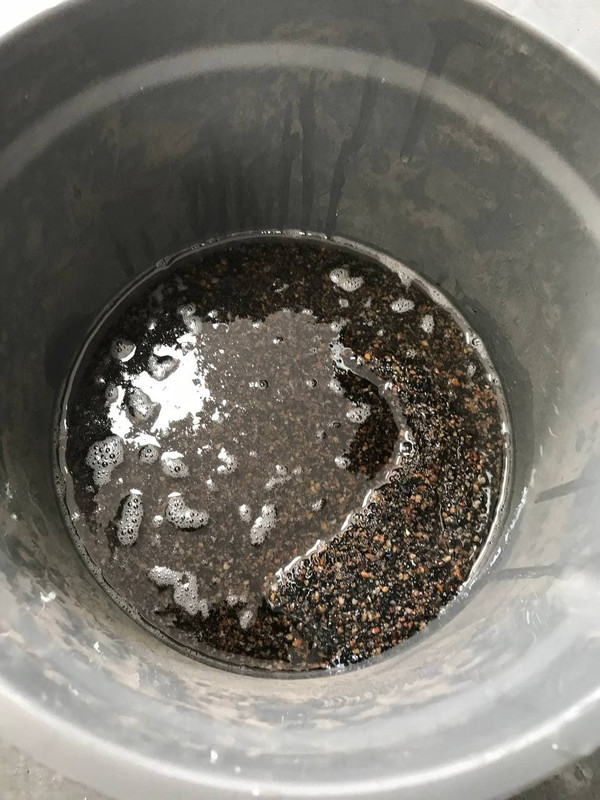
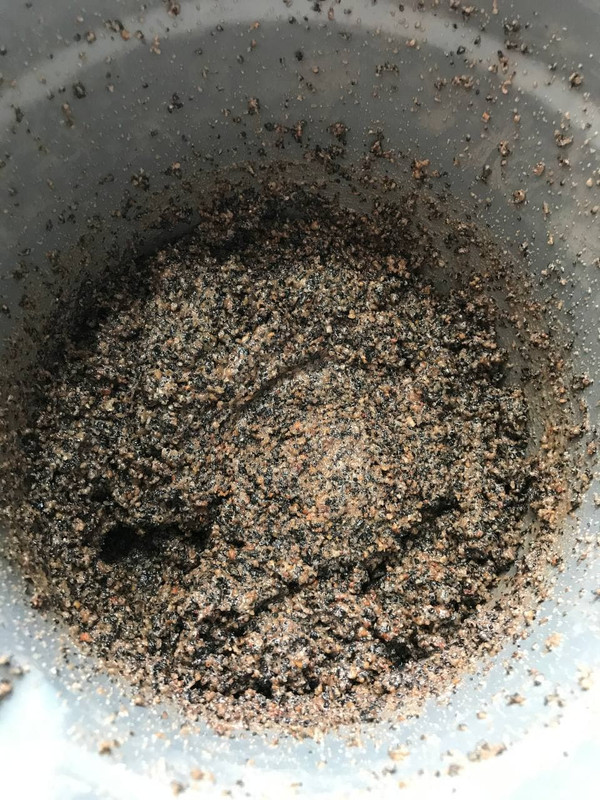
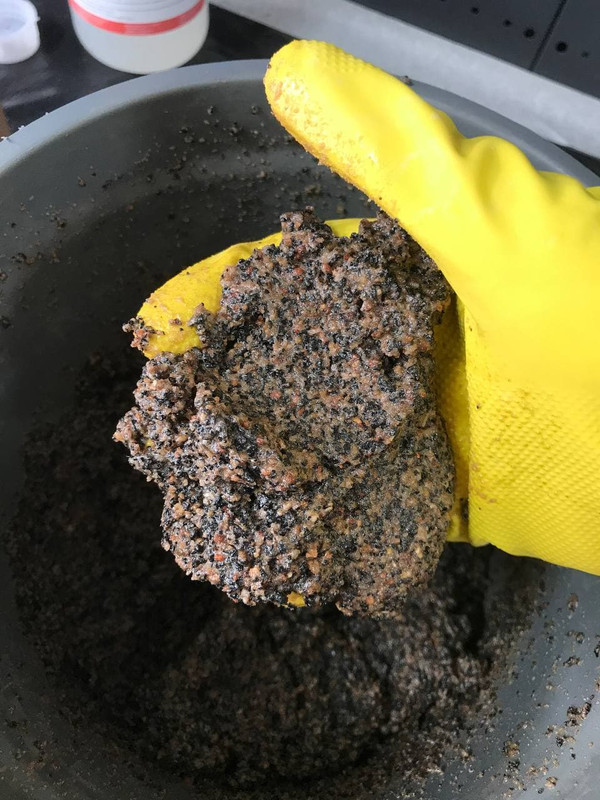
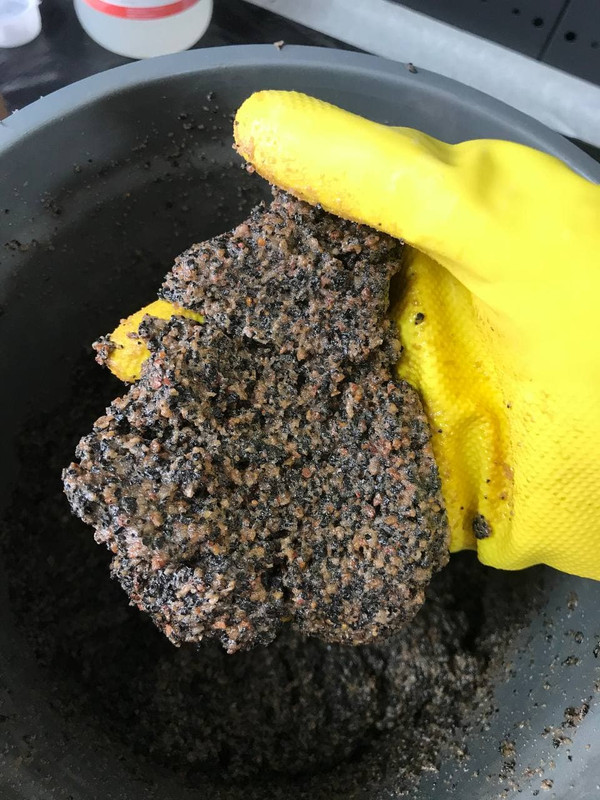
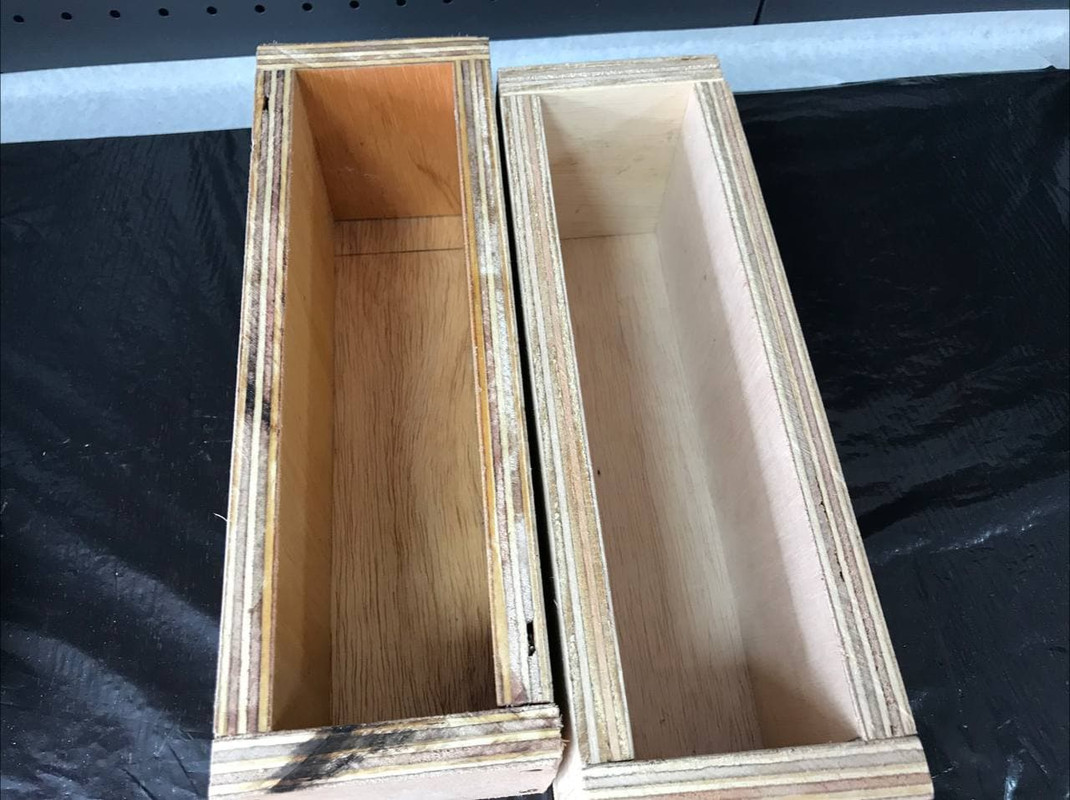

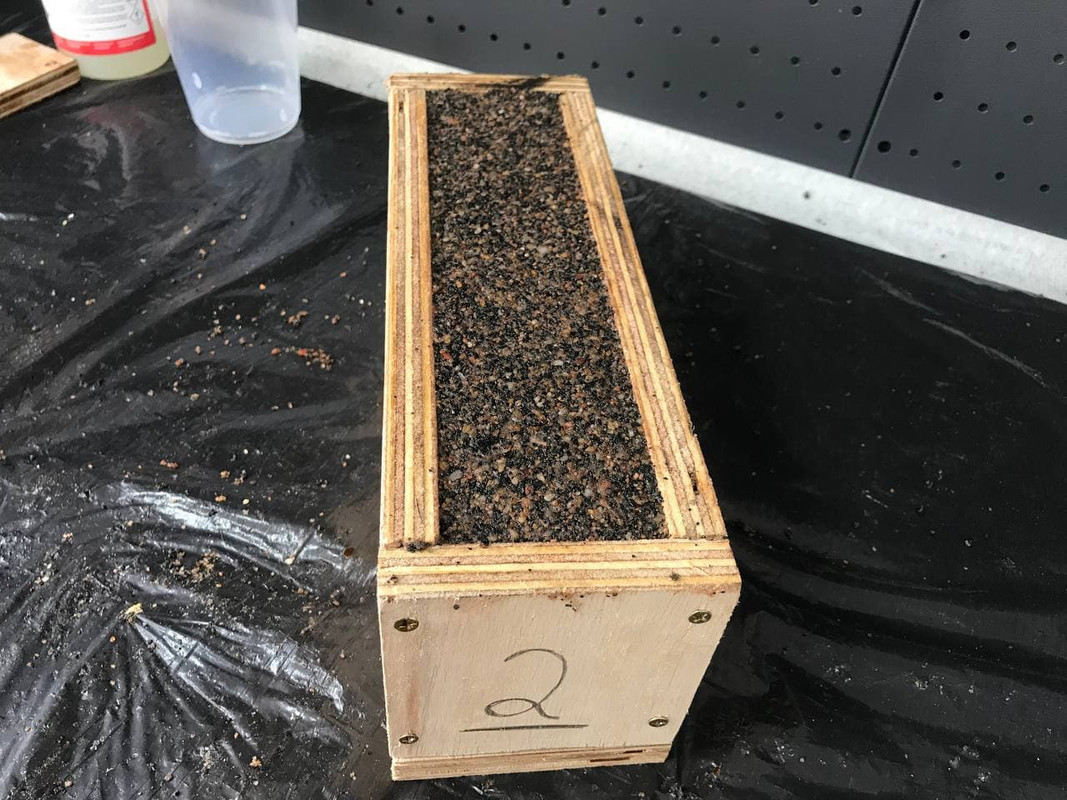
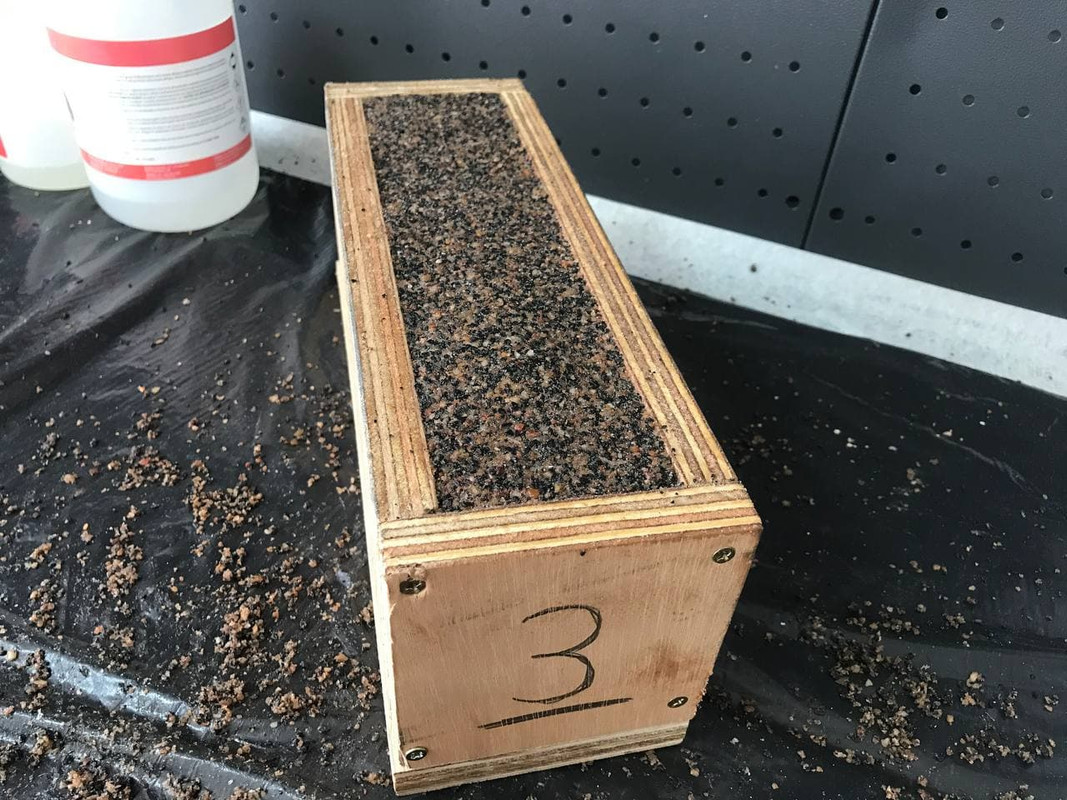

 Reply With Quote
Reply With Quote


